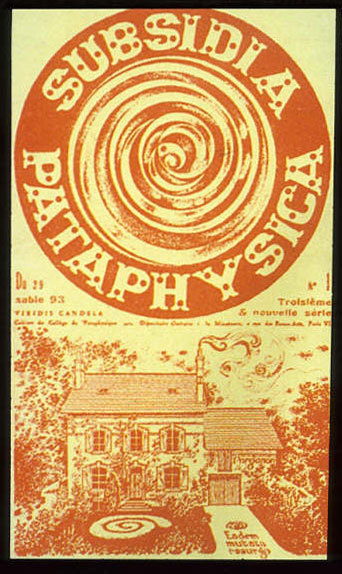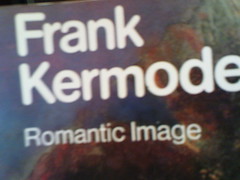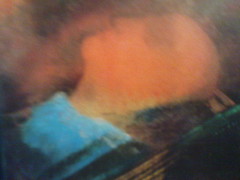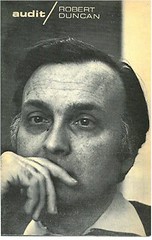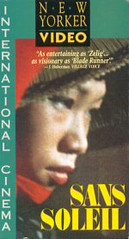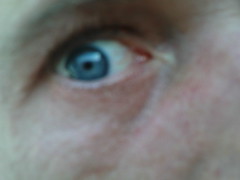
Fabula rasa (1945) by Gaston Burssens (this edition 1964)
I am not much of a fiction reader, nor have I ever been much of a poetry reader. My favorite literature is books about books. Literary criticism or literary theory.
I make exceptions.
The best work I read last year was Michaux’s Plume[1] which happens to be a work of prose poetry, a genre which can be traced most readily to Baudelaire and Poe. A genre which is plotless but nevertheless more concrete than pure poetry.
Saturday I bought the work above. It is worth its price for the introductory notes alone.
Literary critic Paul de Wispelaere reviewed it in the chapter “De groteske wereld en de wereld van de groteske,” in his collection Het Perzische Tapijt (1966). In this essay de Wispelaere juxtaposes Fabula Rasa with the paraprose of Gust Gils, another Flemish writer who wrote in the tradition of the literary grotesque. Fabula Rasa’s Belgian-French counterpart is Plume by Henri Michaux.
While researching this post I also stumbled upon prose by Flanders’ cult poet par excellence Paul Van Ostaijen: De bende van de stronk (The stump gang, 1932, grotesques). I will want a copy of that.


